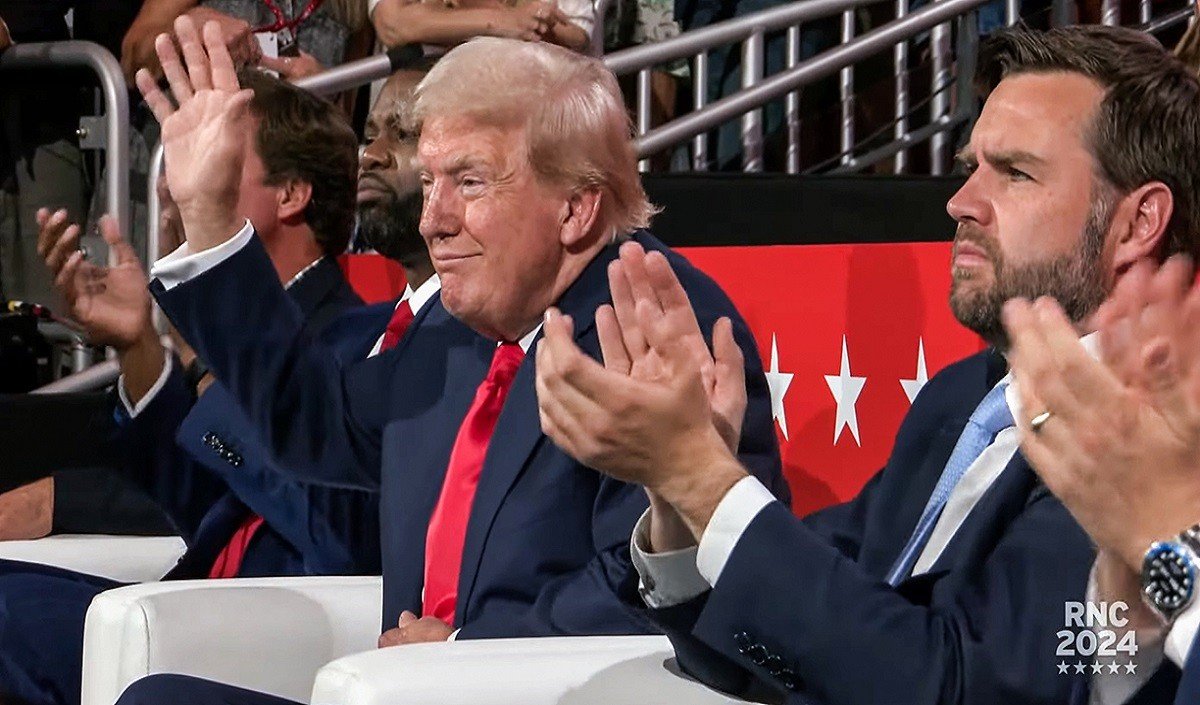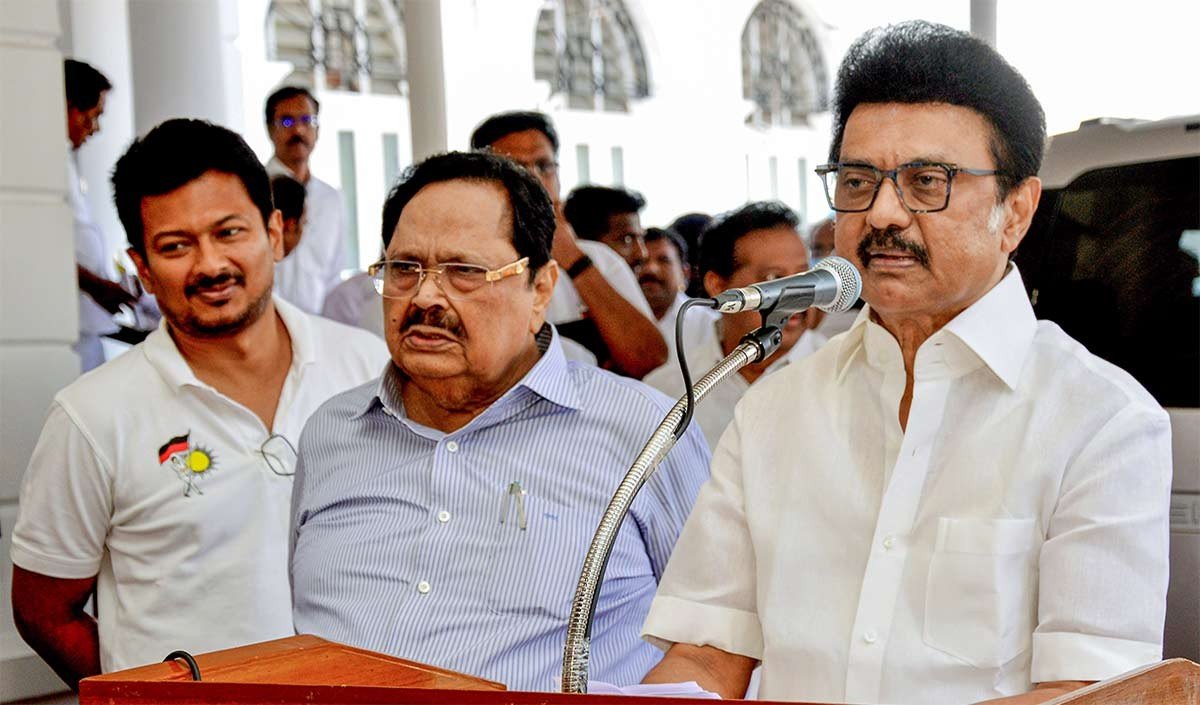The recipe of the administration of US President Donald Trump has raised alarm bells worldwide, even a deserted island where only penguins and seals remain. They are also not being spared with tariffs. Apart from this, Republican clearly says that we have imposed tariffs on those countries which have looted America for decades. The much awaited recipes imposed on other countries by Donald Trump will start from 10 percent to about 50 percent. The Donald Trump administration set a mutual fee on countries with a new method for allegedly calculating fees on foreign countries, moving away from its previous focus on matching tariff rates and business obstacles, focusing on the model based on business balance mainly. In simple terms, Trump’s reciperook tariff formula perfectly addresses the business deficit.
Also read: In 1991, there was a danger of bankruptcy, after 1998, everyone banned every difficulty, Trump’s tariff did not bring an opportunity this time
Where did the idea of Trump’s tariff war come from
In the 1990s, Donald Trump’s fate was not supporting and he needed cash. After this, the current US President Donald Trump set out on a trip to Asia to woo Japan’s rich. This was not the first time that a businessman was seeking the help of Japanese billionaires for his project. Trump was clearly seen how Japanese investors were eagerly waiting for the acquisition of American brands and properties, including the famous rockfiller, in the 1980s. This was the moment when Trump’s attitude for business and relationships was ready. This was also seen when he started paying attention to the tariff to be imposed on imports. Trump felt that the US was not getting enough amount in lieu of providing military assistance to its ally Japan. At that time industrialist Trump said that I am tired of seeing other countries taking advantage of America. This was done by Trump during an interview with CNN journalist in the 1980s. Many people see this as Trump’s initial intention of becoming US President. In a live talk with Oprah Winfrey, Trump said that he would handle the US foreign trade policy differently. Will charge the right price from the allies of the country.
Also read: Trump’s friendship is good enmity, how is the rule made of tariff? Strictness on allies like India, Britain, Australia, countries like Russia-North Korea flowers
How much tariff will be taken on which country, how did the Trump administration decide?
In a statement released from the White House, the United States Trade Representative (USTR) spoke about the new method of fixing the tariff. According to an analysis by the USTR by Bloomberg, the formula is based on the trade surplus with the United States of a country. It is divided from its total export using data from the US Census Bureau for 2024. Then its results have been reduced to half to create a discounted tariff rate. For example, China’s trade surplus with the US last year was $ 295 billion at $ 438 billion exopes. Calculating it brings 68 percent race. According to the new formula, dividing it by two, the tariff rate of 34 percent comes out and the US has imposed this on China. The same method has also been implemented to other countries including Japan, South Korea and the European Union. However, some nations have been implemented a uniform 10 percent tariff rate. These are the countries with which America’s balance trade is.
Trump’s tariff confusion
The tariff formula, which was largely unknown before the announcement of Donald Trump. The then more confusion created when the rates released by the Trump varied slightly from the rates listed in the enclosure with their executive order. For example, South Korea’s rate on Trump’s poster appeared 25 percent, but 26 percent appeared in the official document. The same situation was with India, whose rates were 26 percent on Trump’s poster, but 27 percent appeared in the White House documents. Trump had earlier indicated that the tariff would include direct tariff rates and non-tariff barriers, such as both taxes and currency manipulation.



